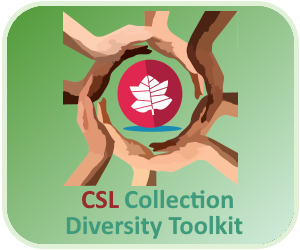 | 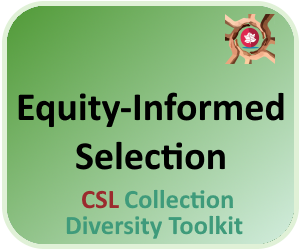 | 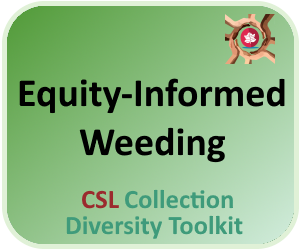 | 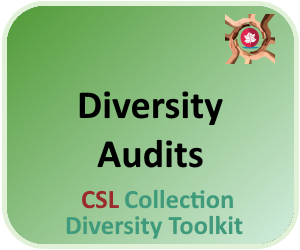 | 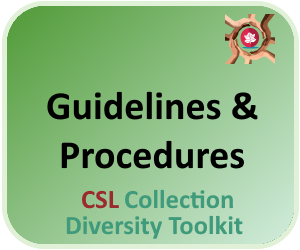 | 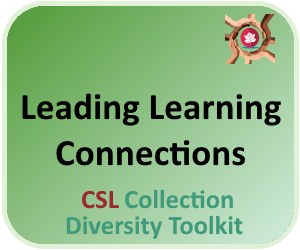 | 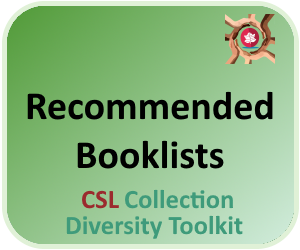 |

Equity-informed Weeding
Key Questions:
- Why is weeding important?
- Why is weeding an important part of developing and maintaining diverse collections?
- What are the specific equity issues that should be addressed through weeding?
- How can you manage this important task?
- How can we make critical judgements about weeding potentially controversial materials?
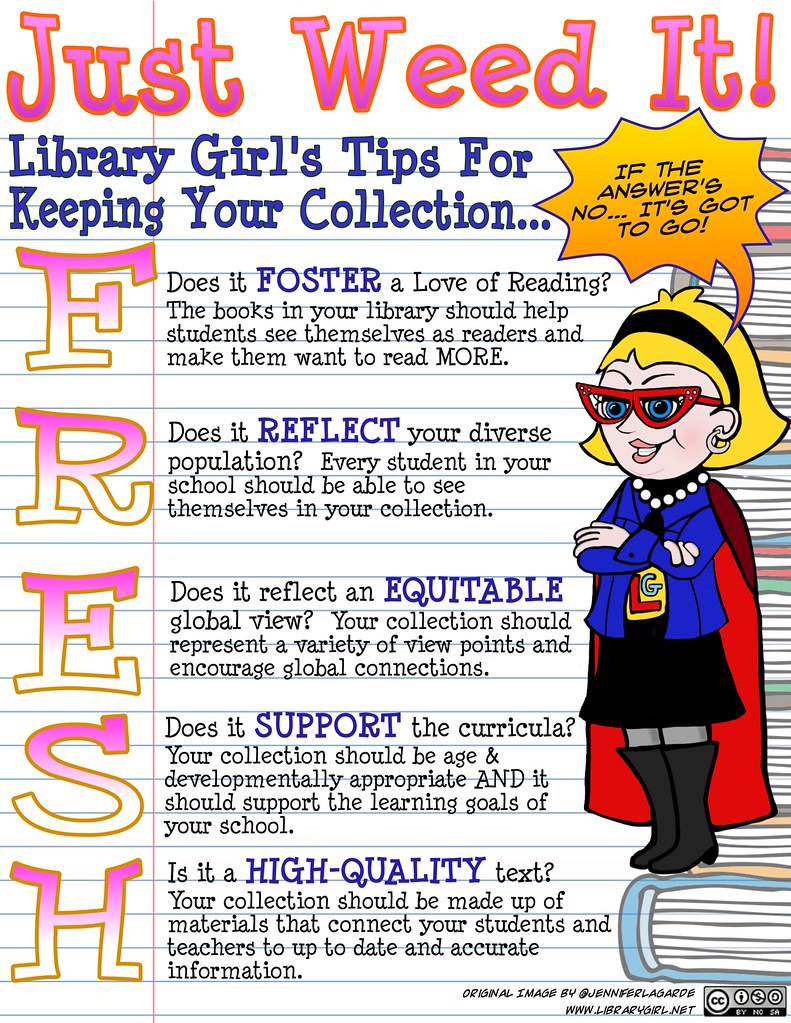
Download your own copy.
What is Weeding?
Weeding is the process of re-evaluating resources in the library collection and removing items that are worn out, have outdated or inaccurate information, or no longer serve the learning needs and reading interests of students at the school. The weeding process is a planned, systematic, and thoughtful activity, and a critical part of collection development.
The Role of Weeding in Collection Development
Resource collections remain relevant and useful through strategic selection of new resources, and the de-selection, or weeding, of resources that no longer meet current principles of selection. Weeding is a continuous and ongoing process, and is critical for keeping the resource collection current, relevant, and appealing.
Weeding: The Basics
Library professionals frequently use the CREW (Continuous Review, Evaluation and Weeding) Method as a framework for weeding. The model provides specific criteria, captured in the acronym, MUSTIE.
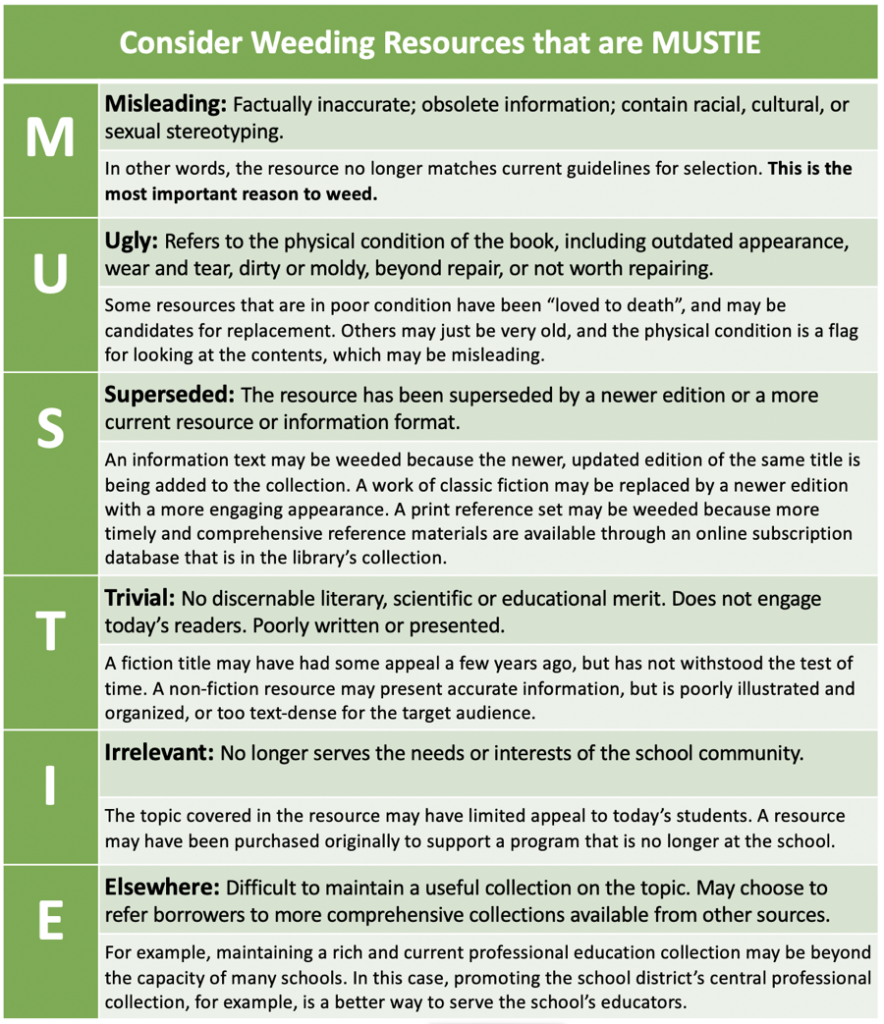
There are many reasons to weed as you can see. We recommend that you consult your own school district’s guidelines for collection development and weeding. For the purposes of this toolkit, we will focus on weeding as an equity issue.
Weeding Is An Equity Issue
Weeding our collection is an important way to ensure it remains relevant, responsive and current. It is also one of the ways we can critically consider and take action to ensure that our collection represents our local, broader and global communities.
Weeding is the removal of resources that no longer meet selection principles. Knowledge evolves over time, attitudes shift, societal values expand and evolve, and we begin to see historical and social events from different perspectives. A resource that was selected a decade or more ago may have reflected understandings of the time, but assessed through the lens of current knowledge and understandings, may now fall short. It cannot be overstated how important it is to engage in a continuous cycle of weeding, when we view the process through this equity lens.
The core foundational elements of equity is to work towards fairness and justice for all through tangible actions. It is to recognize that historically and currently people of various identities have not been treated in a fair manner and that they require different things to succeed. Weeding to keep library collections current and responsive to the evolving needs of the learning community is one such tangible action. As teacher-librarians and library professionals we have an important role and responsibility to play in ensuring our collection is of the highest quality and represents people authentically.
Weeding Through an Equity Lens
Taking an equity stance to weeding means:
- Being aware of our own positionality to our work and our implicit biases
- Being knowledgeable about our context and community we are serving locally and globally
- Having knowledge of our entire collection
- Ensuring the collection shows multiple perspectives, reflects and is responsive to the sociopolitical contexts
- Knowing that there are resources that have silenced, left out or misrepresented people and communities in the past/present
- Ensuring the collection shows multiple perspectives, reflects and is responsive to the sociopolitical contexts
- Considering all aspects of the accessibility of resources in the collection
- Weeding the collection in an ongoing and systematic way, continuously reassessing the collection using the MUSTIE model and through an equity lens.
Some of the questions to be considered when weeding for equity are:
- When I look through my entire collection through an inclusive lens whose perspective is there? Whose is missing?
- When I look through my entire collection through an equity lens whose story and perspective has historically been centered? Who has told this story and information?
- How are people represented? Communities ‘positioned’ and which ‘gaze’ is the text from?
- Does this book engage in cultural appropriation or show people as ‘different’, ‘exotic’ or through a deficit lens?
- Will my students enjoy this story? Is it relevant for their lived experiences? Does it teach them authentically about diverse lived experiences?
Khokhar, Rabia (2020). Reflections of a New Teacher-Librarian: Weeding is an Equity Issue. Canadian School Libraries Journal 4(3).
Decolonizing Libraries
Weeding the school library collection is an essential process in addressing concerns about representation of Indigenous peoples and their role in history, society and culture. Over the past few years Canadians have come to realize that our understanding of history is generally written from a colonial point of view. The final report of the Truth and Reconciliation Commission (TRC) (NCTR 2015) revealed harsh truths of our troubled past. Resources about Canada’s history and its Indigenous peoples with older publication dates require scrutiny during the weeding process. It is likely that a thorough weeding may leave the shelves a bit bare. Weeding can help us establish priorities for selection and acquisition. The TRC and other recent and dramatic events have inspired the publication of a wide range of new resources, telling a more balanced and truthful story, including a view of Canada’s history through an Indigenous lens and from the voices of Indigenous writers.
Decolonize the Library Catalogue
Work to decolonize your library’s catalogue: consider access points such as subject headings, tags, The DDC subject heading for this number remains “Native Americans”: Canadian libraries are moving forward in replacing this and similar classifications, in this case replacing “Native Americans” with “Indigenous peoples”. Refer the University of British Columbia’s subject guide on Indigenous Knowledge Organization for more information and resources.
More Recommendations for decolonizing libraries:
Recommendations from the Canadian Federation of Library Associations (CFLA-FCAB) Indigenous Matters Committee
Ontario Library Association (2019) Information Brief: Indigenous Matters
Weeding in a World of Constant Change
Significant world, national, and social events may disrupt perceptions, and we must respond by taking a critical look at the information held in collections. Current examples of this include the Black Lives Matter movement, the dramatic uncovering of the colonial brutality of Canada’s residential school system, hate-motivated violence, and the social disruption of the pandemic. Especially in school libraries, where our collections inform formal and informal inquiry for students, it is extremely important to constantly assess collections through an informed and critical lens in light of constant change.
Critical Look-Fors When Weeding the Library Collection
Weeding Fiction, Literature, and Picture Books
Resource selection is based on sound educational criteria unbiased by personal, political, social, or religious views. As selectors and weeders, library professionals are faced with difficult decisions when it comes to literature in particular. Literature offers a window into the diversity of human and social experiences and values, past and present. It is those very complexities that make literature appealing and relevant. It is sometimes those complexities that draw the attention of censors. Resources should be chosen because the balance of positive qualities far outweighs potential negative qualities, and this should be the primary consideration when making decisions about weeding. It is very important that the school library continue to provide access to a wide-ranging fiction and literature collection, and that the weeding process not be used as a vehicle for censorship.
Put briefly, censorship is the removal, suppression, or restricted circulation of literary, artistic, or educational materials – of images, ideas, and information – on the grounds that these are morally or otherwise objectionable in light of standards applied by the censor. Frequently, the single occurrence of an offending word will arouse protest. In other cases, objection will be made to the underlying values and basic message conveyed – or said to be conveyed – by a given work. (p. 2)
Henry Reichman (2001). Censorship and Selection: Issues and Answers for Schools, 3rd Edition. American Library Association.
In general, selection is carried out by trained professionals, familiar with the wide variety of available choices and guided by a clear grasp of the educational purposes to be fulfilled. The professional should also know how to take into account and work with community and parental concerns, while still maintaining a high tolerance for diversity. By contrast, the censor’s judgment is that of the individual, and it is most frequently based on criteria that are inherently personal and often intolerant. (p.7)
When it comes to children’s literature, the word “classic” is arguably over-used. Children’s books that were very popular decades ago may not have enduring appeal, and calling them classic may be a nod to nostalgia rather than to their actual merit.
“When we defend classics, we’re sometimes just defending childhood memories. Pippi Longstocking has its merits. But could Pippi make room for other spunky characters whose fathers aren’t white kings of black cannibal tribes?”
Venkatraman, Padma. Weeding Out Racism: Challenging old classics is akin to replacing statues of racist figures.
School Library Journal (August 2020)
Being labelled a “classic” should not protect books from a critical look. This came into public consciousness recently when the publishers of Dr. Seuss made the decision to cease publication of six of the beloved author’s books, stating that “they portray people in ways that are hurtful or wrong” (NPR, March 2, 2021). Beloved books, when viewed through an equity lens, may appear shockingly racist. The prospect of re-evaluating beloved texts may seem daunting. Simply rereading a text that was loved by previous generations may be the best way to put decisions about weeding into perspective.
Making decisions about whether or not to weed classics of children’s literature may come down to the purpose for these resources being in the collection in the first place. If they are included in picture book or fiction collections for the purpose of engaging our youngest readers, then it is clear that some beloved classics may be past their glory, and are candidates for removal from the collection. If, on the other hand, they are part of a secondary library collection for the purpose of literary study, as examples of the changing nature of children’s literature, for example, then it may be appropriate to keep them. A considered choice to keep the resource fosters students’ critical thinking capacity through the exploration of controversial issues and materials.
Picture Books: In addition to the criteria for weeding fiction, it is important to consider the quality and relevance of the illustrations, and design elements that either increase or decrease the appeal of the book. A critical eye should be applied to looking for stereotypes in illustrations, overt or subtle.
Weeding Non-Fiction
In addition to all of the good reasons for ongoing and systematic weeding of non-fiction resources outlined in the MUSTIE guide, it is important to review the collections for equitable representation and diverse voices. Particular areas of attention should include:
Philosophy & Psychology (DDC 100s)
Works on psychology and ethics may need frequent review. Values of the past may not respect current rights and freedoms – stereotypical gender roles, for example.
Religion (DDC 200s)
Students need current, unbiased information about world religions. Titles that proselytize, or on the other hand denigrate a religion or religions have no place in the publicly-funded school library.
Social Sciences (DDC 300s)
Resources on society and culture should be evaluated regularly with an eye to currency and bias. Portrayals of specific groups of people change over time and vary by perspective. Particularly scrutiny should be applied to books about customs, etiquette, holidays and folklore (DDC 390s). Holiday books may not reflect diversity. Whose voice is represented? For folklore, look at the quality of the retelling. Older editions may reflect racial stereotypes typical of the era in which the edition was published, for example. Indigenous celebrations may be represented as part of a past culture and not represent lived culture today. Indigenous stories may not be told through an Indigenous lens.
Literature and Rhetoric (DDC 800s)
Criteria for weeding literature is very similar to those covered under Weeding Fiction, above.
- Humour and Satire: Review all titles in this collection for gender or nationality bias, and outdated sensibilities. Review illustrations for similar stereotypes and biases.
History and Geography (DDC 900s)
History doesn’t change, but perspectives on history change radically over time as more is uncovered and more voices are represented. Student inquiry should be informed by current perspectives.
- History of Africa: Review this collection carefully for biased and stereotyped representations in text and in images of the geography and people of Africa.
- History of North America: In 2021 we find ourselves in the midst of major shifts in understanding of historical perspectives on the colonial and modern histories of the United States and Canada. It is critical that student inquiry is not misinformed by overtly colonial perspectives or the subtle or even overt racism that may be represented in outdated publications.
- Indigenous Peoples – North America: Weed with a critical eye, looking for biased or stereotyped representations. Weeding for age will go a long way towards removing resources written from a colonial point of view.
- History of Canada: Older resources should be weeded and replaced with newer resources that reflect our growing awareness of aspects of Canada’s history which have been previously excluded, and particularly resources that tell Canada’s story through an Indigenous lens. Have a close look at biographies of Canadian leaders. Who is represented? Who is not? How is their story told?
Weeding Primary Source Materials
Exploring primary sources is a vital part of learning. The Ontario Canada and World Studies curriculum, for example, includes expectations in every course requiring students to collect relevant evidence and information from a variety of primary sources and secondary sources. The school library collection supports inquiry learning: the inclusion of primary source materials supports the development of critical thinking and skills for research and inquiry. Some primary sources relevant to the study of 20th century history, for example, may represent ideas that are at the very least controversial in today’s context, and may represent ideas that we find objectionable or even abhorrent. Developing critical understanding of historical events, however, involves the study of these materials. Such primary source material should therefore be selected carefully and may be held in non-fiction print or online database collections. Decisions about keeping these resources during the weeding process must consider the purpose for inclusion in the collection.
 |  |  |  | ||
 |  |  |
